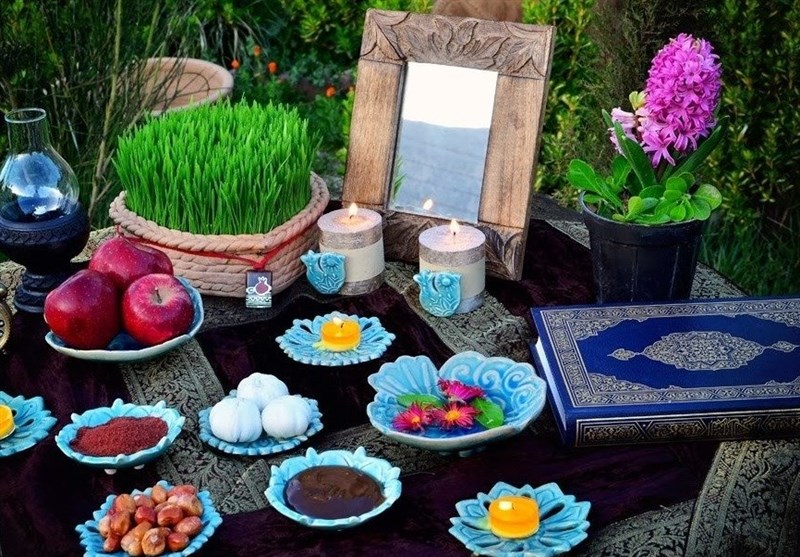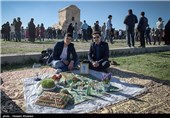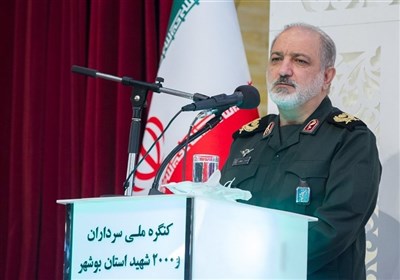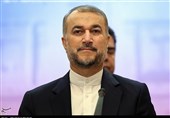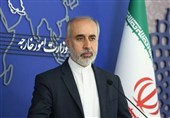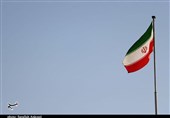Iran Embraces Spring by Celebrating Nowruz
TEHRAN (Tasnim) – The Persian New Year, Nowruz, begins on Thursday as the first day of spring arrives in Iran, where people are holding ceremonies in celebration of the historical event.
In harmony with the rebirth of nature, the Nowruz festivities begin on the first day of spring, which has fallen on March 21 this year.
The wee hours of Thursday marked the beginning of the New Iranian Year, which coincides with the vernal equinox in the Northern Hemisphere.
From time immemorial, Iranians from all walks of life enthusiastically celebrate the Nowruz, irrespective of their age, language, gender, race, ethnicity, or social status.
The word Nowruz itself literally means "new day" in the Persian language and the festivity marks the beginning of the solar year as well as the new year on the Iranian national calendars.
This reawakening symbolizes the triumph of good over the evil forces of darkness, which are represented by winter. Nowruz is the point when the oppressive presence of the cold winter finally begins to recede with the commencement of the lively and hopeful spring.
In 2010, the UN General Assembly established March 21 as the International Day of Nowruz. The UN also celebrates the International Day of Happiness, which falls on March 20 every year.
Many countries around the world, including Afghanistan, Azerbaijan, India, Iraq, Kazakhstan, Pakistan, Tajikistan, Turkey, Turkmenistan, Uzbekistan and Kyrgyzstan celebrate the auspicious event.
On this occasion, family members usually gather around the Nowruz (Haft-Seen) table, and await the exact moment of the arrival of the spring.
The Haft-Seen table contains seven items whose names begin with a letter in the Persian alphabet which is equivalent to “S” in English. It usually includes Seeb (apple), Sabze (green grass), Serke (vinegar), Samanoo (a delicacy made from sprouted wheat), Senjed (the dried fruit of the oleaster tree), Sekke (coins), and Seer (garlic).
Additionally, the first few days of the New Year are spent visiting elders of the family, relatives and friends, with children receiving presents.
